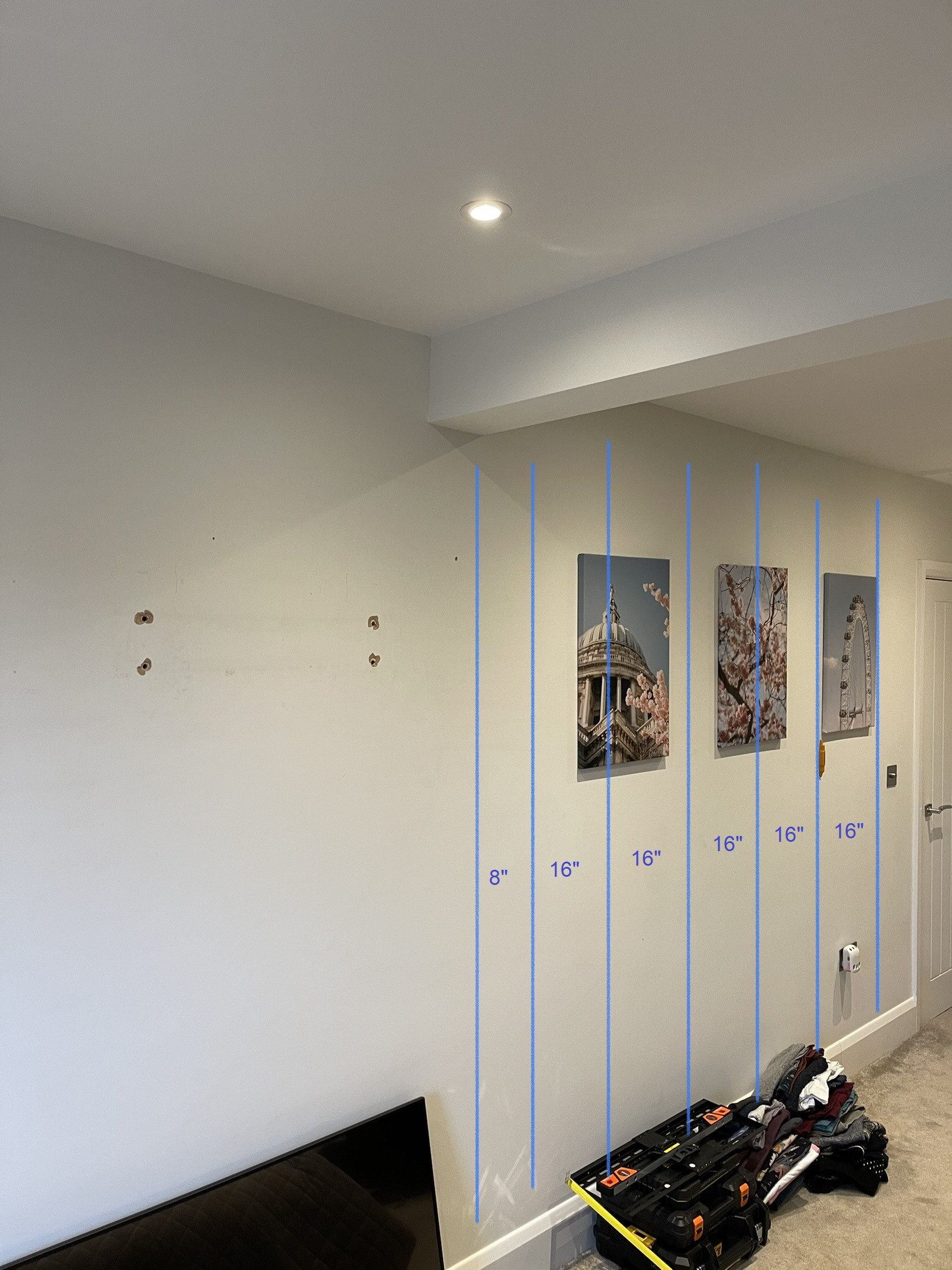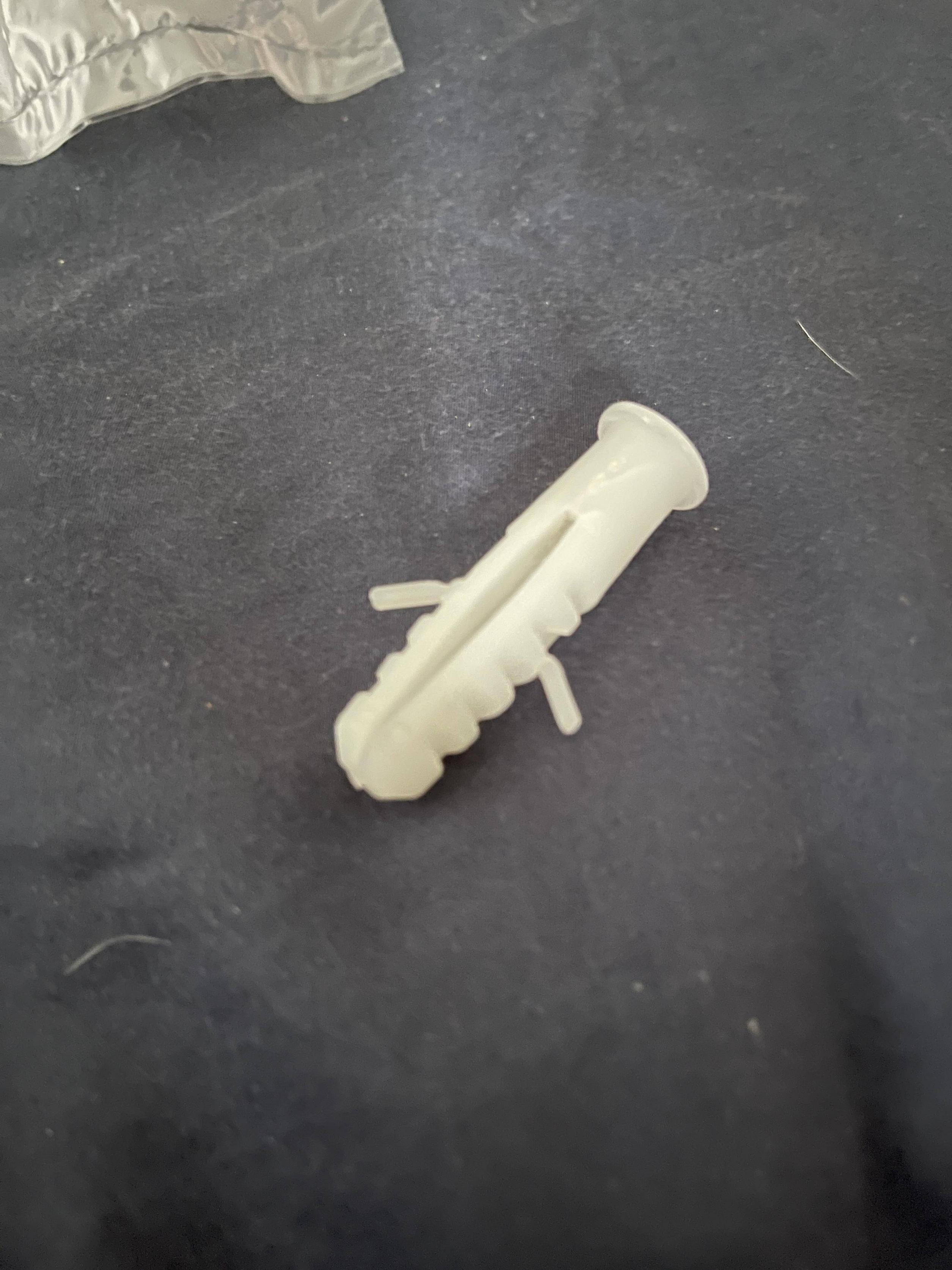I am a complete DIY novice so please bear with me!
I live in a house built in 2019 and got someone to mount a 45" TV to our bedroom wall which is interior drywall. The TV has stayed up for almost 1.5 years without issue.
After changing/rearranging the furniture in the bedroom it was now off centre to the bed so I decided to remove that TV and bracket from the wall and replace it with a new wall bracket for a better 49" TV I have. The bracket needs to go on the same wall - just in a different position.
The wall does sound hollow to varying degrees when I tap it so it seemed obvious I would be mounting into studs. Using an electronic stud finder and magnets I am able to find the first 6 studs 16" apart from the side of the wall coming inwards as expected, there is then another stud only 8 inches apart. Then after that (in the space I want to mount the TV - typical) I can't find anything. My electronic stud finder can't find anything and the magnets don't attract to anywhere. Not sure if significant but there looks to be a supporting beam running perpendicular to the wall at the point I can no longer find any studs.

Looking at the way it was mounted originally the holes drilled don't appear to be going into any studs and I don't recognize the fixings as drywall anchors (as I said I'm a novice so could be completely wrong here!).

Looking into the holes that were drilled it looks like there is some sort of grey brick almost immediately behind the plasterboard that the fixings were drilled/hammered into.

My questions are:
- Do I start drilling holes attempting to find a stud (and how do I do this without causing loads of damage)?
- Do I use similar fixings to what was used previously (I have some Fischer UX10x60 R fixings that came with the TV bracket that look similar to the original ones although it does say not for use in drywall) or do I use (Gripit) drywall anchors?

